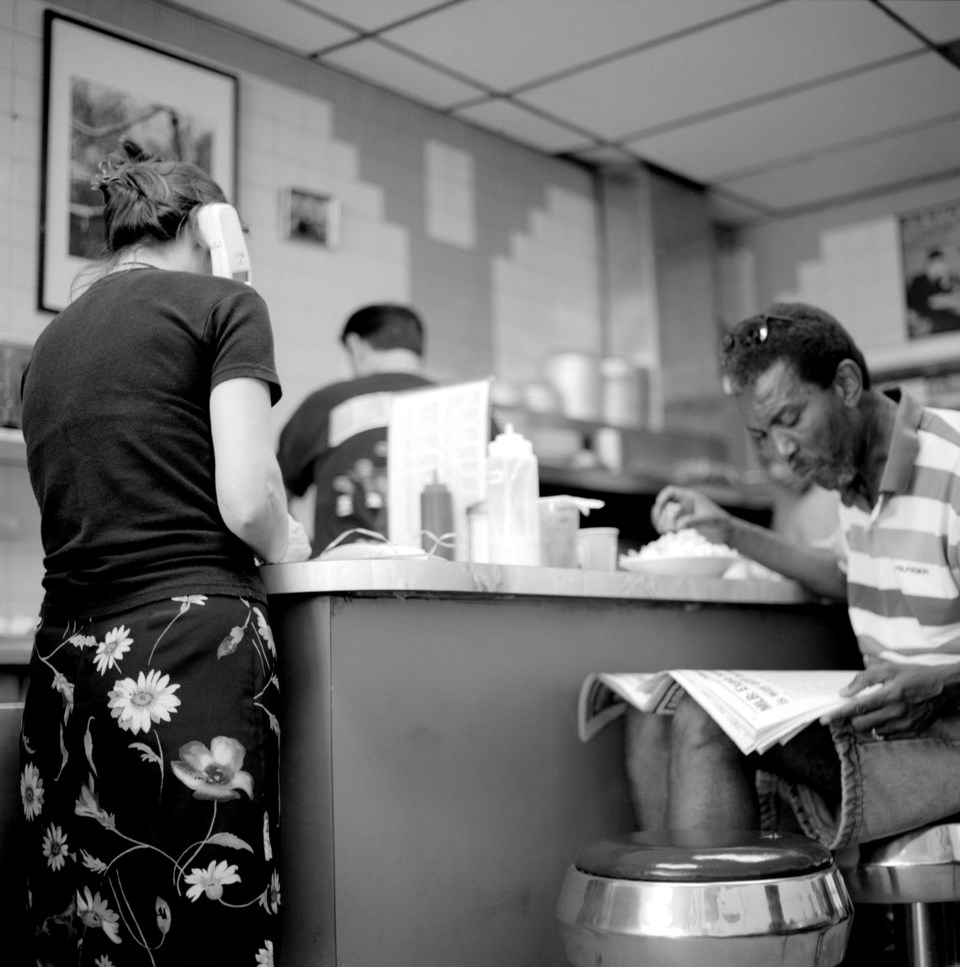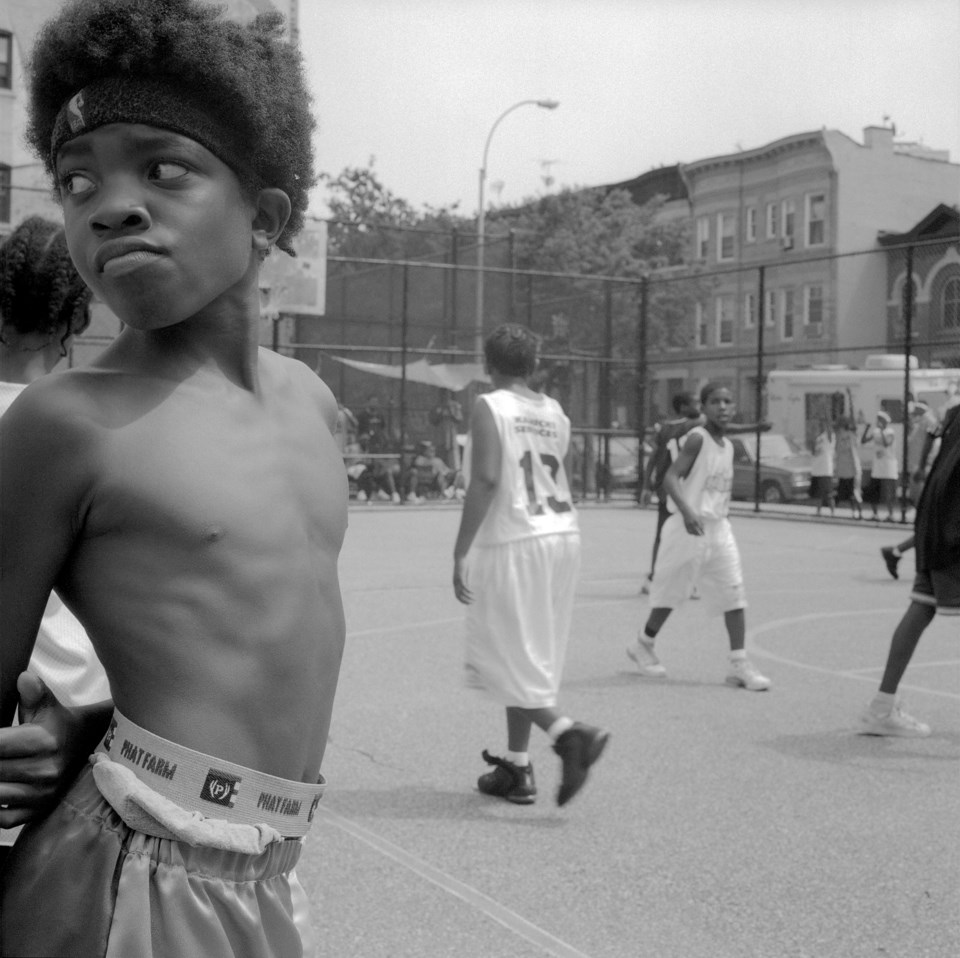In the new book The Cities We Need: Essential Stories Of Everyday Places, photographer and urbanist Gabrielle Bendiner-Viani takes readers on a 20-year journey through two changing neighborhoods in Brooklyn and Oakland, Calif.
In tours through their neighborhoods, residents of Prospect Heights in Brooklyn and Mosswood in Oakland shared their most cherished places, as gentrification and urban development reshaped the physical and cultural landscape of the neighborhoods they know and love.
“People took me to their supermarkets or where they walked their dog, or their stoop or their church, very regular everyday places,” Bendiner-Viani said. “But in the process of showing me those places, the stories people told me are often really extraordinary.”

The author began working on the project in 2001 while living in Prospect Heights. She started by simply asking her neighbor Neville, who owned an electronic shop on the ground floor of their building, to give her a tour of the neighborhood. Around this time, she also met Mike, the owner of a diner on Vanderbilt Avenue, who introduced her to the other interviewees.
Between the stories shared by residents from opposite coasts are photo essays of the two neighborhoods. They show the beauty of everyday life, but also work as an archive of places that have disappeared.
“I saw making photographs of people's places as part of both respecting of the time that they had already spent with me, but also as something I wanted to bring back to them,” said Bendiner-Viani. “I was interested in when people would say, 'I like this photograph very much, but that's not how I think of that place at all.' But we never would have been able to have that conversation without the photograph being the catalyst for that.”

Prospect Heights and Mosswood share a unique history due to the legacy of redlining, the author said. Both neighborhoods were even described by the infamous Home Owners Loan Corporation's redlining maps as “buffer” neighborhoods, mixed areas to keep surrounding neighborhoods largely segregated by race.
The book teeters between the personal and political. The Cities We Need is structured around simple, personal stories, but they work in service of a larger narrative about what these places mean to their residents and what kind of city people want to live in.
“When people hear a personal story, they're much more able to engage with the politics of it, because they can actually kind of understand what it means on a human level,” said Bendiner-Viani. “When we only talk about policy, it can feel too dry, and you don't necessarily sort of see what the actual meaning of the place is. I think about the personal as a way in to really talk about the political."

Bendiner-Viani, who was in her early 20s when she first began working on the project, said the conversations she had shaped who she became as an adult. “I would very often think about the stories that people told me in a very personal way,” she said. “As I changed and grew and got older, I would be like, 'Oh, that person's story really comes back to me now.'"
The Cities We Need leads with personal narratives, but Bendiner-Viani does not shy away from her own thoughts on the role of cities. “The goal of a city should be its residents' well-being, and that is very much clearly not the way that we generally make policy,” said Bendiner-Viani.
She argued that small places; the bodega, the church, the family-owned supermarket, are essential pieces of the fabric of a neighborhood that should not be forgotten as a city is redeveloped.
“Part of the argument that the book is trying to make is to say these very small, what could be seen as quite insignificant places, play really very large roles in people's well-being," she said.



.png;w=120;h=80;mode=crop)
